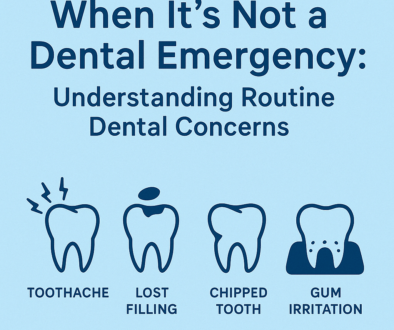Facts About Fluoride
Fluoride is a naturally occurring mineral found in water, soil, plants, and various foods. It is widely recognized for its role in dental health, particularly in the prevention of tooth decay. This article explores the essential facts about fluoride, its benefits, sources, and the debates surrounding its use.
What Is Fluoride?
Chemically, fluoride is the ionic form of the element fluorine. It combines with other elements to form compounds, such as sodium fluoride and calcium fluoride. These compounds are commonly used in dental care products and water fluoridation programs.
Natural Sources of Fluoride
- Water: Fluoride is present in both surface and groundwater sources, with concentrations varying by geographic location.
- Foods: Certain foods like tea, fish, and grapes contain small amounts of fluoride.
- Soil: Plants absorb fluoride from the soil, contributing to the mineral content in fruits and vegetables.
Fluoride in Dental Health
Prevention of Tooth Decay
Fluoride plays a crucial role in:
- Remineralization: It helps rebuild weakened tooth enamel.
- Inhibiting Bacteria: Fluoride reduces the ability of bacteria to produce acid that erodes teeth.
- Developmental Benefits: In children, adequate fluoride exposure contributes to the proper development of permanent teeth.
Fluoride in Toothpaste and Mouthwash
Most toothpaste brands include fluoride due to its proven efficacy in preventing cavities. Mouthwashes with fluoride offer additional protection by reaching areas that brushing might miss.
Water Fluoridation
What Is Water Fluoridation?
Water fluoridation is the controlled adjustment of fluoride in public water supplies to optimal levels for preventing tooth decay. The practice began in the United States in the 1940s and has been endorsed by numerous health organizations.
Benefits
- Public Health Achievement: The Centers for Disease Control and Prevention (CDC) lists water fluoridation as one of the top public health achievements of the 20th century.
- Cost-Effective: It reduces dental treatment costs by decreasing the incidence of cavities.
Controversies and Debates
While fluoride’s benefits are well-documented, its use has sparked debates concerning:
Health Concerns at High Levels
- Dental Fluorosis: Excessive fluoride during tooth development can lead to mild discoloration or mottling of teeth.
- Skeletal Fluorosis: Extremely high fluoride intake over long periods can affect bone structure, but this condition is rare in areas with regulated water fluoridation.
Regulatory Standards
Health authorities set maximum allowable fluoride levels to minimize risks:
- World Health Organization (WHO): Recommends fluoride concentrations of 0.5 to 1.5 mg/L in drinking water.
- Environmental Protection Agency (EPA): In the U.S., the maximum contaminant level is set at 4.0 mg/L.
Public Perception
Some groups express concerns over:
- Autonomy: The ethics of mass medication without individual consent.
- Potential Health Risks: Allegations of links to other health issues lack substantial scientific evidence.
Conclusion
Fluoride remains a vital component in promoting dental health and preventing tooth decay. Its presence in dental care products and public water supplies has made significant contributions to oral health worldwide. While it’s essential to be aware of the debates and ensure fluoride levels remain within recommended limits, the consensus among health professionals supports its continued use as a safe and effective public health measure.




